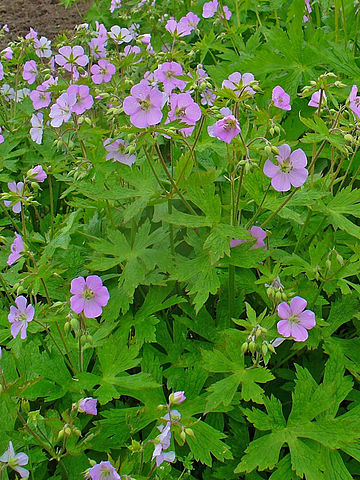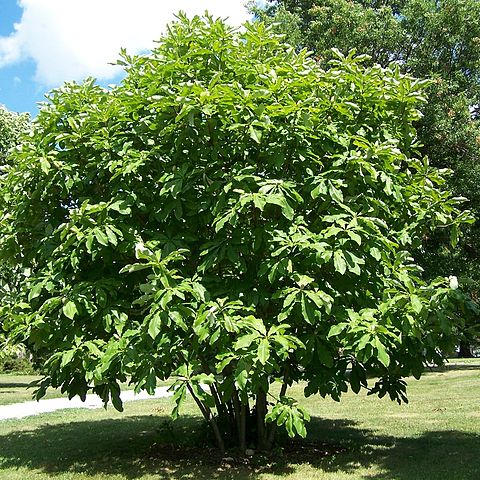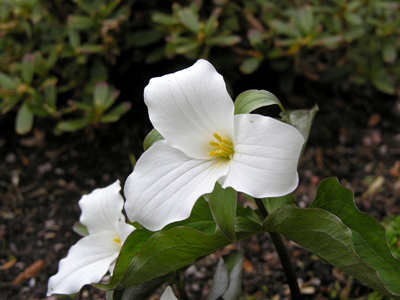Go Green with the Library: Native Plant Gardens
April 22, 2016
Happy Earth Day! In celebration, we are learning about native plants this month. Whether you are starting a garden for the first time or you are an avid gardener, planting native flowers and trees is an easy way to make your gardens greener and Earth-friendly.
Here are a few examples of native wild flowers and plants you can grow in your garden.
Wild Geranium (Geranium maculatum) is a native wild flower that grows in many states in the northeast. It can grow up to 14-18 inches tall by mid to late spring and blooms pink flowers. Because this plant has dense leaves, it can cover shorter plants nearby. Soil is moist to moderately dry. Light requires sun to partial shade.
Umbrella Magnolia (Magnolia tripetala) is a native tree that blooms a creamy white flower in mid to late spring. It can grow up to 30 feet high with branches that average 1-2 feet long. Soil is moist and well-drained. Light requires sun to shade.
Trillium (Trillium grandiflorum) is a native wild flower that blooms in early spring and blooms white flowers atop green leaves. Overtime, the plant will form
into clumps and can grow up to 10 inches tall. Soil is moist and well-drained. Light requires shade.
Eastern Bluestar (Amsonia tabernaemontana) is a native wild flower that will attract migrating butterflies. The plant blooms star-shaped blue flowers in the spring that turn yellow in the fall. It can grow up to 4 feet tall and is a naturally pest-free plant. Soil is moist and well-drained. Light requires full sun.
Tips to Remember
- Plan ahead where you want to plant any flowers or trees
- Is your soil wet or dry?
- How much sun will you have in the area you want to plant flowers?
- How tall do you want your plants to grow?
- These questions will help you decide which plants will work best in the area you have for gardening.
- Northeast Pennsylvania has a plant hardiness zone of 5. The USDA Plant Hardiness Zones help gardeners know which plants will do well in certain areas.
Where to Buy
You can call or visit your local gardening stores to find out what native flowers or plants they have available. There are also several online stores such as prairienursery.com that will ship plants to you.
Check out the Library’s catalog to find books on native plants such as Donald J. Leopold’s Native Plants of the Northeast: A Guide for Gardening and Conservation, one of the resources used for this month’s blog post. While at the Library, don’t forget your free tote bag when you check out ten items. The free tote bags will only be available on Earth Day, April 22.
To read more Go Green posts, search for “Go Green” in the search box at the top of the page.





